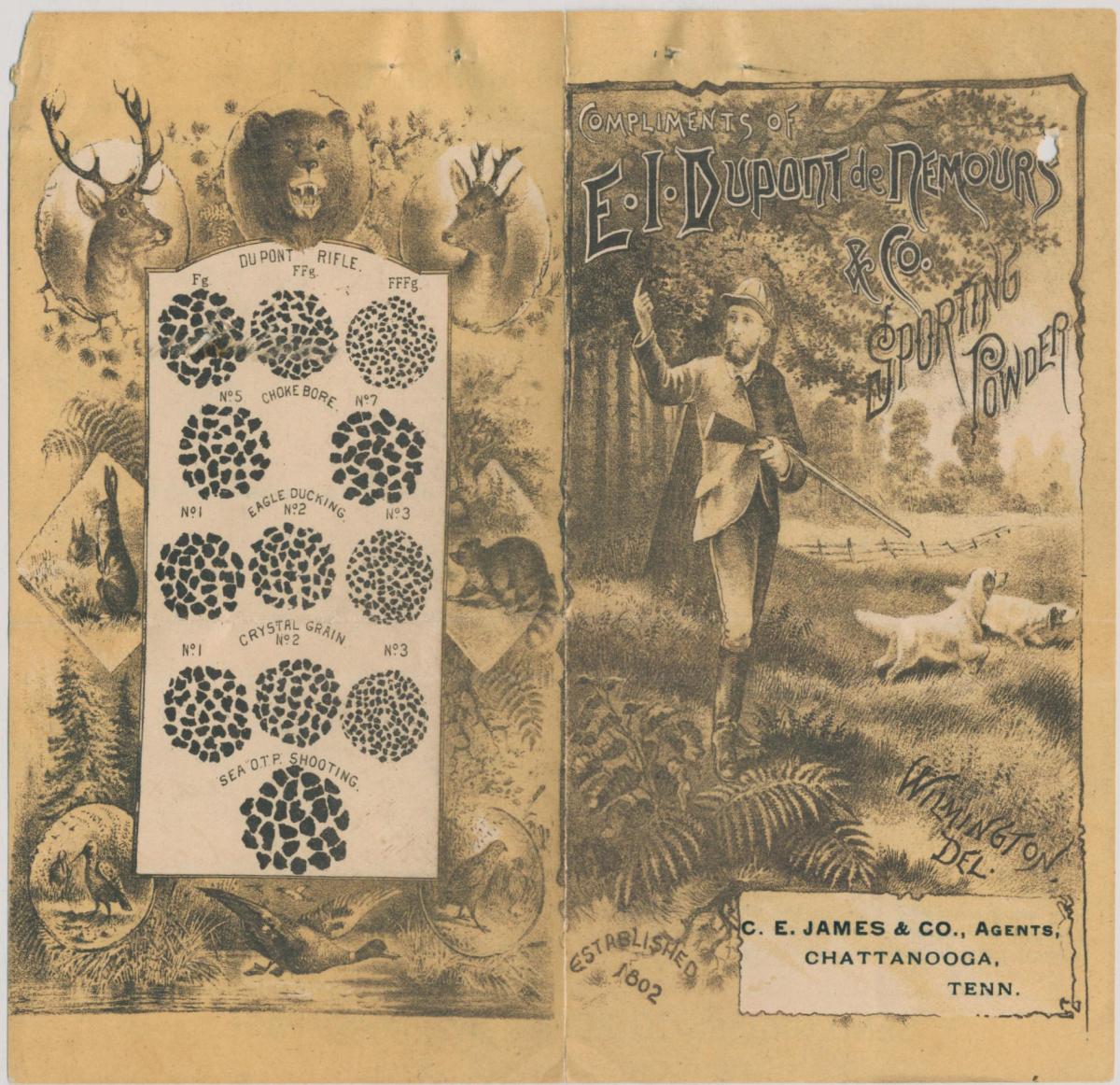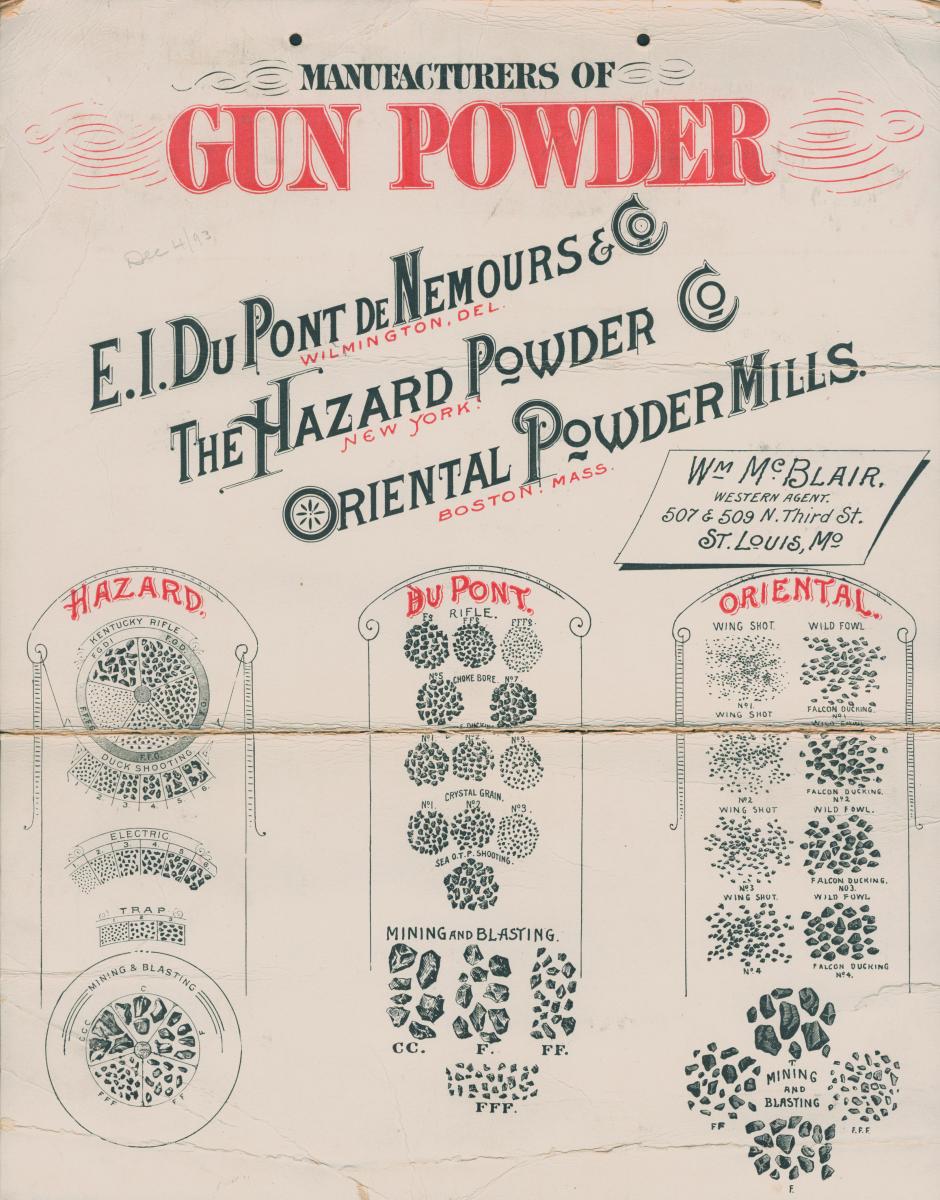Not all black powder was made the same. The reason? There were several ways to use it!
Black powder can be broken down into two classes: propellants and explosives. Propellants were used in rifles, pistols, shotguns, cannons, and other types of artillery. They are called propellants because they propel a projectile out of a firearm. This type of powder is usually what comes to mind when you think of “gunpowder.”
Hunters, target shooters, and the military used propellant powders. Rather than propelling a projectile, explosive powders blew things apart. The mining, construction, and demolition industries typically bought explosives.

Black powder was further broken down into numerous grain sizes that ranged from as small as fine sand to as large as a baseball. Fuses and priming charges for firearms required the smallest grain sizes. Huge cannons on battleships and forts used the largest. Typically the larger the firearm or the thing you needed to blow up, the larger the grain size used.
Black powder utilized a labeling system to indicate grain size. The letter “F” stood for “fine” grain powder. The more “F”s on the label, the finer the powder grains. For example “F” stood for coarse grained powder, “FFFFF” indicated the finest grained.
Black powder sometimes had a small “g” after the “F,” which stood for “glazed.” This meant the powder had been tumbled to remove sharp edges and given a coating of graphite to make it pour smoothly from a container. Coarse powders were labeled with the letter “C,” which was reserved for large grained explosive powders.
DuPont gunpowder appealed to a large customer base by manufacturing over 20 different types of black powders during the 19th century. They gained popularity because you could find one for practically every type of firearm or situation in which you needed explosives.
Through advertisements and sales agents, the DuPont Company made potential customers aware of both the quality of their powder and the wide variety of sizes available. Sales agents, who sometimes sold black powder from multiple manufacturers, printed their own advertisements to show off the types of powders they carried as well as to compare the grain sizing among companies.

Customers had no lack of options when it came to black powder! DuPont and its competitors had to make many different products in order to appeal to everyone who wanted propellants and explosives.
Lucas R. Clawson is the Hagley Historian at Hagley Museum and Library.
